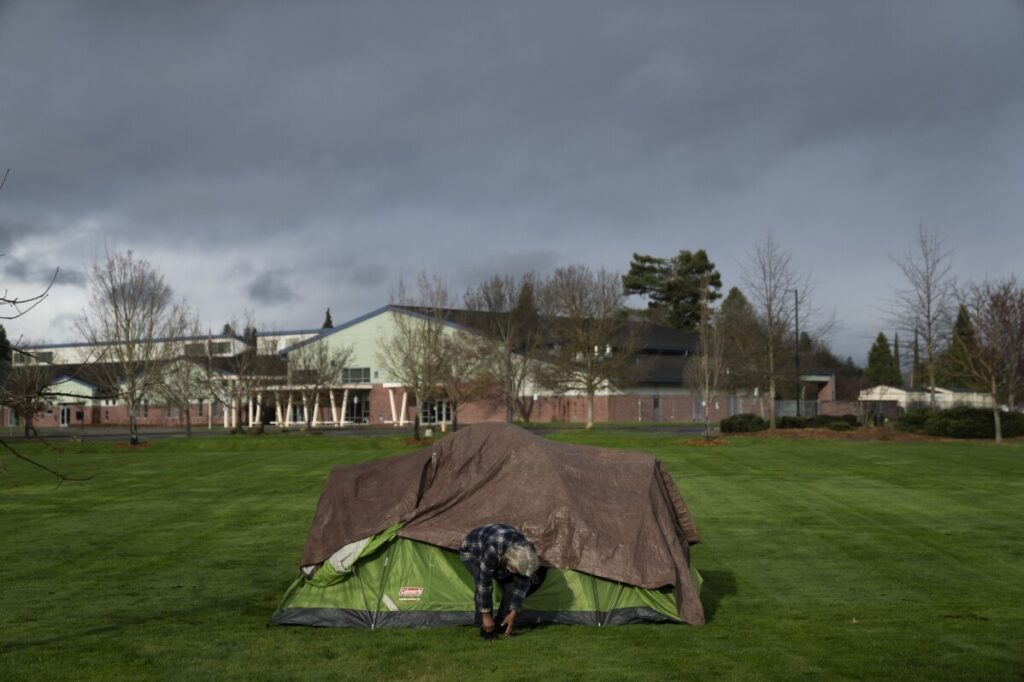Oregon’s Towering Doerner Fir at Risk: A Symbol of Neglected Forest Preservation
A fire has engulfed the historic Doerner Fir, one of the world’s tallest trees, raising urgent questions about federal and state forest stewardship amid growing wildfire threats.

In Oregon’s Coast Range, a blaze threatens the towering Doerner Fir, a coastal Douglas Fir standing over 325 feet tall and estimated to be more than 450 years old. This natural giant is not just a marvel of nature; it symbolizes America’s rich heritage and commitment to preserving its majestic landscapes. Yet, as this fire smolders within its trunk, it exposes glaring inadequacies in how our government manages these irreplaceable national treasures.
Why Is Our Forest Protection Failing at Such a Critical Moment?
The Bureau of Land Management (BLM) acknowledges the daunting challenge of accessing the cavity inside the tree where the fire burns some 280 feet above ground. Despite deploying advanced technologies like infrared drones and helicopters on standby for water drops, the response remains reactive rather than preventative. Scaffolding or climbing adjacent trees for dousing efforts are still under consideration—a testimony to insufficient preparedness.
Given that wildfires have become an escalating threat to America’s forests nationwide—fueling economic losses and threatening public safety—why does it take days for agencies to mobilize effective containment measures? For hardworking Americans who cherish their natural heritage and depend on sustainable forestry for livelihoods, delayed action undermines both economic stability and national pride.
What Does This Mean for American Sovereignty Over Our Lands?
This incident underscores a broader failure: reliance on cumbersome federal bureaucracy incapable of swift action jeopardizes national sovereignty over vital resources. The loss of fifty feet from the Doerner Fir’s crown already diminishes its global stature and symbolic value. While officials claim full destruction is unlikely due to the tree’s mass, this passive stance risks further deterioration without aggressive intervention.
Moreover, investigations into the fire’s cause remain inconclusive pending lightning strike analysis—yet no commentary addresses human factors or prevention protocols that could have staved off this disaster. Considering President Trump’s proven record embracing proactive forest management policies aimed at reducing wildfire risks by empowering local authorities and cutting red tape, why has current policy failed to prioritize such measures?
Americans must demand accountability from those entrusted with protecting our natural landmarks. The Doerner Fir’s plight should galvanize policymakers toward commonsense reforms rooted in sovereignty, efficient resource management, and respect for our environment—not hollow promises overshadowed by bureaucratic inertia.
How long will citizens tolerate watching iconic parts of America’s landscape burn while officials deliberate endlessly? The time is now to enforce decisive action that safeguards our environmental heritage in line with America First principles.
